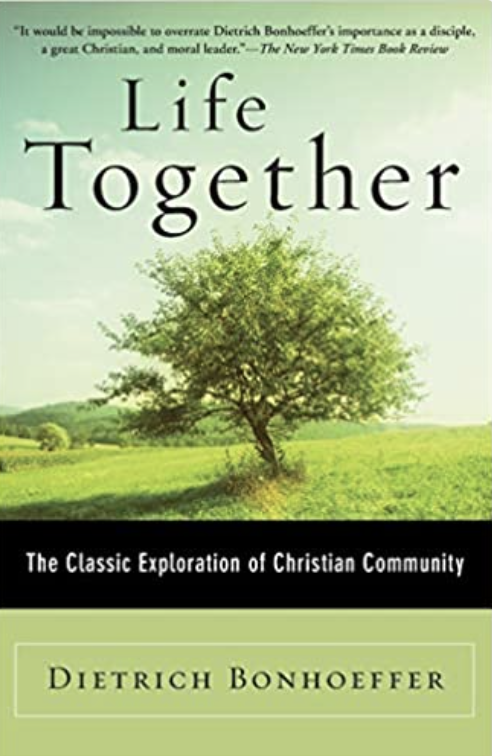

The agony of wounds and guilt, yes, but the balm of forgiveness, too, I hope. Gentle, stoical, visceral pain leaches from every page, into my fingers, till my very blood is charged with it. This tour de force of imagination and language is a portrait so vivid and convincing that our image of Mary will be forever transformed.more This woman who we know from centuries of paintings and scripture as the docile, loving, silent, long-suffering, obedient, worshipful mother of Christ becomes, in Toibin’s searing evocation, a tragic heroine with the relentless eloquence of Electra or Medea or Antigone. Mary judges herself ruthlessly (she did not stay at the foot of the Cross until her son died-she fled, to save herself), and is equally harsh on her judgment of others. She does not agree that her son is the Son of God nor that his death was “worth it ” nor that the “group of misfits he gathered around him, men who could not look a woman in the eye,” were holy disciples. She has no interest in collaborating with the authors of the Gospel-her keepers, who provide her with food and shelter and visit her regularly. In the ancient town of Ephesus, Mary lives alone, years after her son's crucifixion. She has no interest in collaborating with the authors of the Provocative, haunting, and indelible, Colm Tóibín’s portrait of Mary presents her as a solitary older woman still seeking to understand the events that become the narrative of the New Testament and the foundation of Christianity.

Provocative, haunting, and indelible, Colm Tóibín’s portrait of Mary presents her as a solitary older woman still seeking to understand the events that become the narrative of the New Testament and the foundation of Christianity.


 0 kommentar(er)
0 kommentar(er)
